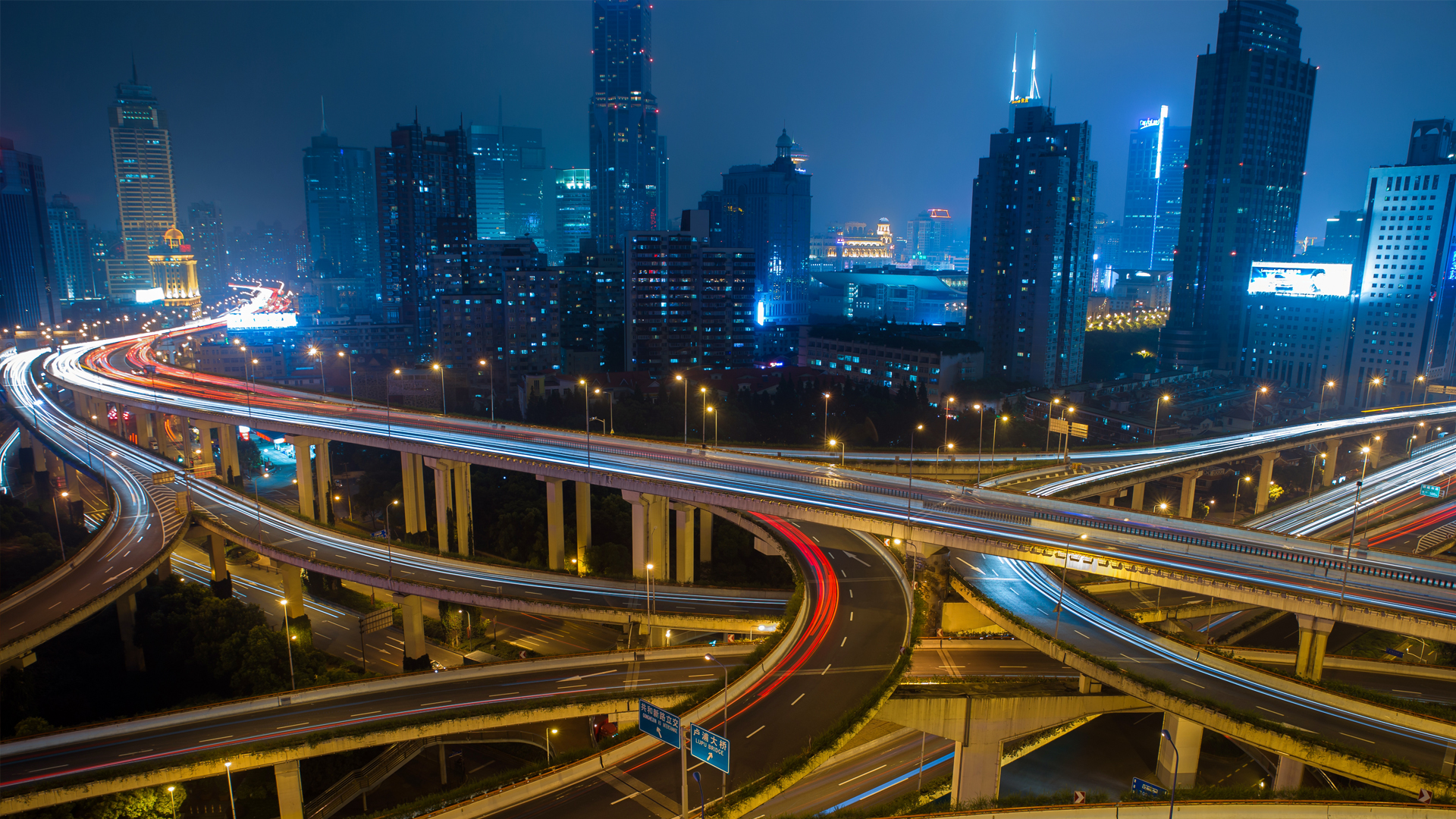

Given the choice between sitting in traffic and having the highway to yourself, obviously, anyone would rather experience smooth sailing. But there are always tradeoffs. And when it comes to minimizing the misery of traffic, there are also strategies.
Here’s a distillation of my favorite wisdom nuggets from this week’s Quick Question post.
Practice Flexible Pacing on Long Trips
My dad was one of those “we’re not stoppin’ ’til we get there” guys on family trips (I feel like most dads are). But personally, on a long trip, if traffic is bad I’ll pull over and check out some town for a bit or get food or distract myself some other way. I get there when I get there.
“…If I know an area I’m travelling through has bad traffic, I’ll make an allowance for it. But that’s for just short to medium trips. For example, where I grew up, a 15 mile drive from one town to the next takes 25 minutes in the winter and over an hour in the summer.
But for long road trips I just don’t have a set time to arrive at my destination. Trying to hold to a schedule on a multi-state road trip is a recipe for high stress and a shitty day. If you just let the road trip unfold as it does, you can better enjoy it. I just leave in the morning knowing the general length of time, and then show up when I show up.” ~Draco REX
Depart Before Dawn
I was a little shocked to see how many commenters here seemed willing to drive at, like, 3 a.m. to miss traffic. Then again, this is a car site full of dedicated car nerds.
“Living, as I do, between Baltimore MD and Washington DC, I get some of the worst traffic in the country. We’re usually second after LA. I go to work hours earlier than most people are on the road or even awake, but everyone seems to leave work the same time I do, because Washington. So its a 50% increase in travel time for my afternoon commute.
I also leave for the South Carolina beaches at 3am to avoid traffic around the cities, but there is no good time or route for the return trip due to the 50 years of road building in the Northern Virginia area (seriously, the same are has been under construction since the late 1970s.) So that return trip is que sera sera.” ~This Guy
Reverse Your Route
If you have to move through busy areas at busy times, it might be worth seeing if you can do your route in a “reverse-commuting” order to swim against the current, so to speak. Though in this case, you’re doing so for an easier time.
“Sometimes. For example, yesterday with Memorial Day traffic leaving the NJ shore, Had to go to philly & central New Jersey. Memorial day traffic is generally bumper to bumper every year leaving the shore all day at a slow pace. Had to go yesterday but took the trip opposite of what I usually would, Central NJ to Phila and back home to avoid driving 20mph in bumper to bumper traffic. Living near the shore, in the summer time best to avoid driving towards the shore on fridays and away from the shore Sunday’s and holiday’s. No point in wasting gas and dealing with fellow frustrated passengers.” ~Skinny
Spend an Extra Night on One End
I have definitely done the “as much driving as possible Friday night to get to get ahead of urban hordes heading to the weekend” maneuver. Basically lets you beat out everybody with babies in tow.
“Some of the worst traffic on the continent is getting onto and off of the Outer Banks on Saturday morning in the summer. So we stayed one extra night at a seedy motel on Friday ngiht and spent Saturday morning at the beach.
Was there sand in the carpet? Yes.
If you dropped a contact lens: throw it away.
But still worth it.” ~David Williams
Trust the Intuition of GPS Apps
If you’re pulling your hair our strategizing around traffic, maybe you’re better off just buckling up and sending it. There’s always Google, Waze, and whatever else to help you get ahead of and get around avoidable slowdowns.
“I usually just drive when I finally get everything loaded in the car. If I can avoid a major traffic area by pushing a bit further before I take a break, I might do that. Otherwise, I get on the road and just deal with whatever I’m dealt. If I’m on a multi-day drive, I may plan a bit more …
That being said … I also know parallel/scenic routes for most of my drives. So I watch the GPS for any major traffic disturbances 30~45 minutes ahead and will jump to an alternate route if possible. Other times, I will just stop for lunch or a quick fill up and stretch. Whether you use Google/Apple/Waze you should be able to see traffic backups developing as you drive along.
This past weekend, I bypassed a complete closure on I-68 by jumping off to old US Rt. 40. I was driving along and saw my ETA jump up by 30 minutes! Then it jumped up by another 30 minutes! Somehow I added an hour to my trip over a 10 second period; they closed the interstate!? Usually this means something really bad has happened and they need to land a helicopter on the interstate to fly someone to the hospital. In the end I added ~5 minutes with my detour, but avoided at least an hour of sitting on the interstate. Hopefully everyone survived that accident …” ~Fun is greater than Fast